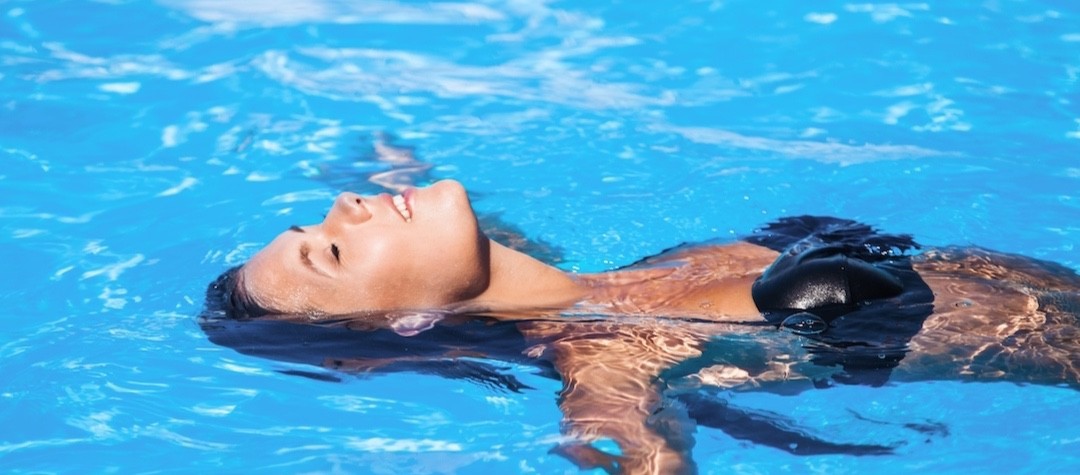Flotation therapy was founded by physiologist John Lilly in the 1950s, stemming from the discovery that weightlessness is one of the best ways to achieve therapeutic relaxation. Floatation therapy is now used to treat several different medical conditions as well as remaining as an excellent relaxation therapy.
What is flotation therapy?
The flotation therapy involves floating inside a small enclosed tank containing salted water (around 25cm - or 9 inches approx - deep), which has been warmed to body temperature so that a person inside the tank can reach a state of total relaxation. Flotation tanks are usually dark inside, although they generally have a light switch to hand.
Some flotation tanks contain speakers, which allow users to listen to music, while others provide earplugs to block out all sound. Many flotation tanks also feature microphones so that customers can talk to the therapist during treatment.
Flotation therapy was developed from work by US physiologist and psychoanalyst John Lilly, whose research in the 1950s on sensory deprivation discovered that weightlessness and the exclusion of external stimuli for limited periods could lead to profound therapeutic relaxation.
Flotation sessions generally last around 50 minutes – and if you are a non-swimmer there is no need to worry, as the salt levels in the water will ensure that you stay buoyant, whatever your shape and size.
As with most forms of alternative therapy, there needs to be willingness to let go to get the most from the experience.
What is the purpose of flotation therapy?
The therapeutic process aims to obtain the deepest form of mental and physical rest. In the gravity-free environment the body should balance and heal itself as all the senses are rested. Floating is used widely in the treatment of stress, anxiety and jet lag, and is used to improve concentration and creativity.
What are the benefits of flotation therapy?
Float tank therapy reduces blood pressure and heart rate while lowering the levels of stress-related chemicals in the body. Floating also aids blood circulation, which can lead to relief from aches and injuries.
The brain produces slower waves patterns (theta waves) during flotation therapy, which are normally only experienced during deep meditation or just before falling asleep. Indeed, one hour of floating is said to have the restorative effects of four hours of sleep. Theta waves are also accompanied by the release of endorphins, the body’s natural feel-good chemicals, which can promote feelings of well-being, relieve pain and trigger healing.
The treatment is very beneficial as it helps to relieve stress and helps to combat pain, arthritis, headaches, heart conditions, high blood pressure and fatigue. Levels of stress hormones decrease after flotation, meaning that mental skills are enhanced.














